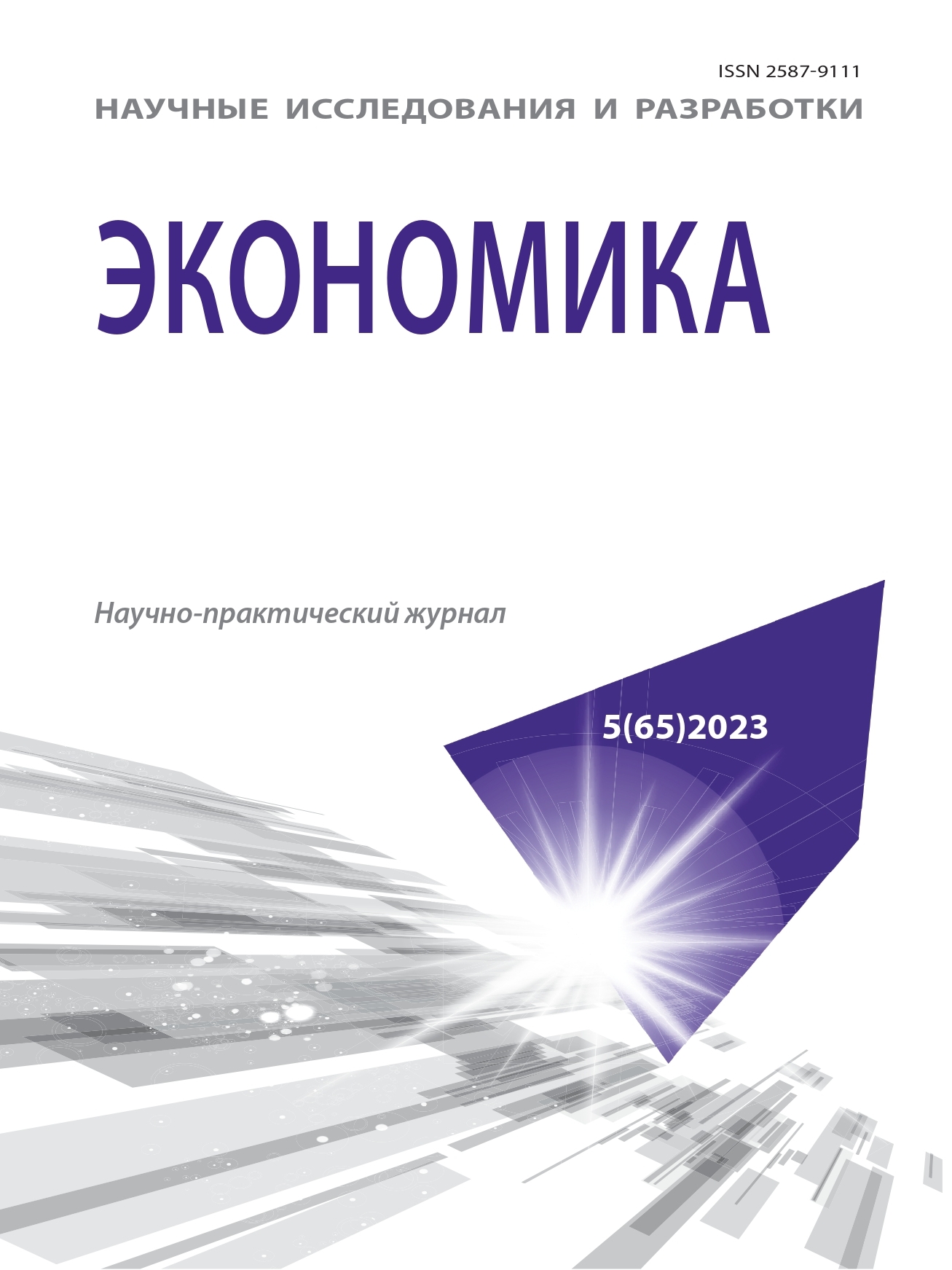Russian Federation
The article presents the results of a scientific study of the trajectories of creating and eliminating jobs in the Belarusian economy. Industry leaders and “outsiders” in terms of reallocation of jobs have been identified. The reasons that determine the general directions of the movement of jobs in the national economy of Belarus are revealed. It has been proven that the efficiency of creating and eliminating jobs in the Belarusian economy is affected by an increase in labor costs. The objectivity of this is confirmed by the operation of the law of demand and supply of labor (the higher the wage, the greater the supply of labor), on the one hand. On the other hand, if the employer has a resource (wage fund) for the maintenance of employees, he still has the opportunity to use labor-intensive technologies and preserve the social component in personnel management. It is substantiated that a feature of the national economy of Belarus is the fact that there is a social effect from the movement of jobs.Such an effect is created by the Belarusian system of wage formation, which is more subject to social principles than market ones. It should be assumed that with a reduction in the number of employees, the costs (wage fund) for personnel are maintained with a simultaneous increase in wages.
jobs, wages, labor market, labor coast
1. Davis S., Haltiwanger J. Ch. 1999. Gross Job Flows. Hand-book of Labor Economics. Vol. 3 / ed. by O. Ashenfelter, D. Card. Elsevier
2. Haltiwanger J., Jarmin R., Miranda J. 2010. Who Creates Jobs? Small vs. Large vs. Young. NBER Working Paper No. 16300, August.
3. Gómez-Salvador R., Messina J., Vallanti G. 2004. Gross job flows and institutions in Europe. Labour Economics. 2004. No. 11. P. 469-485
4. Haltiwanger J., Scarpetta S., Schweiger. H. 2010. Cross country differences in job reallocation: the role of industry, firm size and regulations. EBRD, Working Paper. No. 116, July.
5. Hsieh C-T., Klenow P. 2009. Misallocation and Manufac-turing TFP in China and India. The Quarterly Journal of Eco-nomics. November 2009. Vol. CXXIV. Issue 4
6. McMillan M., Rodrik D. 2011. Globalization, Structural Change and Productivity Growth. NBER Working Paper No. 17143, June.
7. Gimpelson V.E., Kapelyushnikov R.I., Ryzhankova Z.A. 2012. Job movement in the russian economy: in search of creative destruction. Preprint WP/2012/03. WP3 series. Problems of the labor market. Moscow: HSE. - 43 r. (In Russ.)
8. Genkin B.M. 2007. Economics and sociology of labor: text-book. for universities. Moscow: Norma. 448 p. (In Russ.)
9. Kapelyushnikov R.I. 2006. The Russian labor market through the lens of business surveys: a retrospective analysis. Mos-cow: IMEMO RAN. (In Russ.) EDN: https://elibrary.ru/TRHHDV
10. Labor and employment in the Republic of Belarus, 2020. Statistical compendium. National statistical committee of the Republic of Belarus.: http://belstat.gov.by/upload/iblock/ -
11. Statistical yearbook of the Republic of Belarus, 2021. Sta-tistical compendium. National statistical committee of the Republic of Belarus.: http://belstat.gov.by/upload/iblock/
12. Statistical yearbook of the Republic of Belarus, 2022. Sta-tistical compendium. National statistical committee of the Republic of Belarus. http://belstat.gov.by/upload/iblock/






